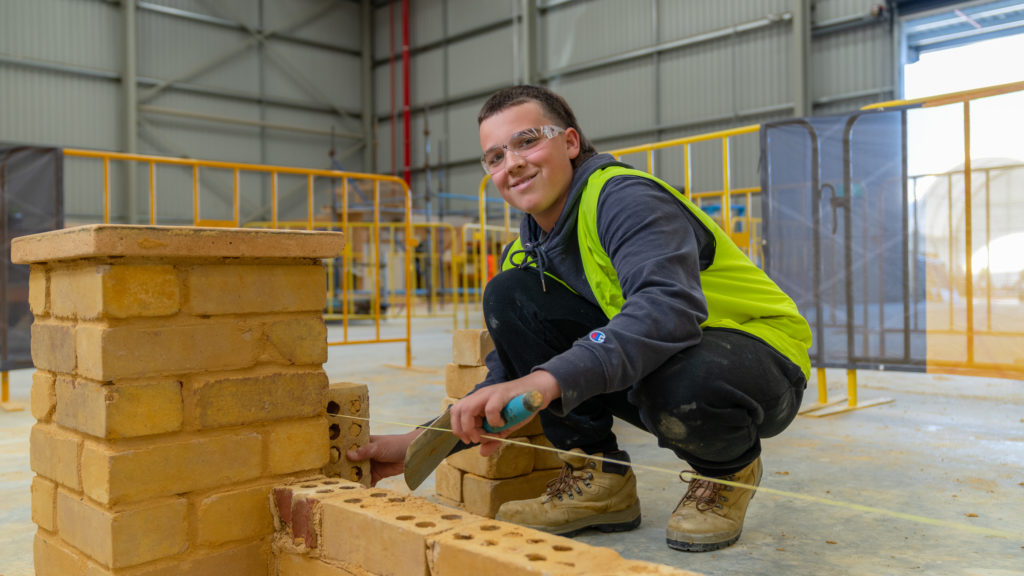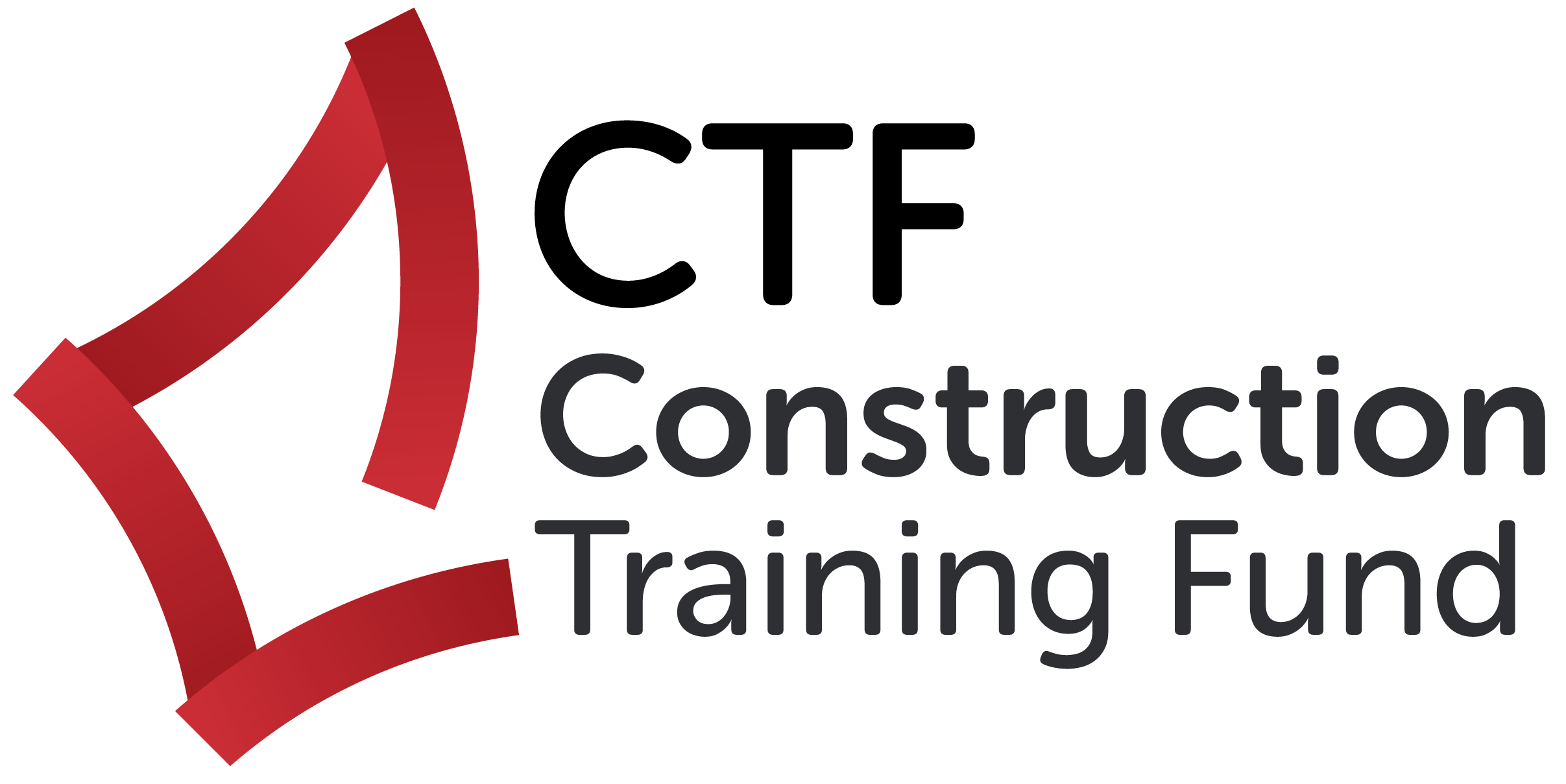The Construction industry levy supports employers
To help offset training costs, Construction Training Fund (CTF) collects a 0.2% levy on building projects and returns the revenue back into the industry via training subsidies. The construction levy is on all projects in Western Australia valued at over $20,000 and benefits employers, current and future workers and the wider community.
CTF is a Statutory Authority that connects you with these initiatives to reduce the costs of employing apprentices and trainees, and career retraining and upskilling. Through the levy, we can help you secure a pipeline of diverse talent and give new entrants a positive start to their careers.


What is the CTF levy?
The levy applies to all residential, commercial and civil engineering works in Western Australia greater than $20,000 in value, including construction projects in the resources sector. The project owner must pay the levy before construction commences, regardless of whether a permit is required.
The levy is calculated at 0.2% of the estimated value of construction. The estimate includes the materials needed, labour, necessary services, payable fees, overheads, profit margin and GST.
More information about the levy can be found in the Levy FAQ. You can also contact the CTF team by calling us on (08) 9244 0100, by email, or by using the form at the bottom of the page.
Why was the CTF levy introduced?
The levy is used to provide the industry and its people with more affordable training, skills development and career opportunities.
What’s the CTF levy used for?
Its primary use is to support and grow the construction industry, while developing a safe, skilled and sustainable workforce the industry needs.
It’s used across the four sectors (resources, residential, commercial and civil) to help support, train and upskill workers. The levy is a practical way to counteract the unique vulnerabilities in the construction industry, making it safer, reliable and more efficient.
Revenue generated from the levy comes with multiple benefits including:
✓ Providing assistance to employers of trainees and apprentices
✓ Supporting trainees and apprentices in gaining essential trade skills in a competitive industry
Does the CTF levy apply to you?
The construction industry levy applies to all construction work within Western Australia valued at more than $20,000 (including GST). This applies to buildings (residential, commercial, industrial, some mining, oil and gas facilities) and non-buildings (civil, engineering, groundworks, fences).
This includes construction, erection, installation, reconstruction, re-erection, renovation, alteration, demolition, maintenance, or repair activities.
It also applies to construction work that does not require a building permit.
The levy does not apply to:
- Work that does not involve construction, such as cleaning and inspection
- Construction work with a total estimate value of less than $20,000
- Agricultural work, unless a building permit is required
- Construction work on foreign missions and consulates
- Soft landscaping, lift and escalator work, and creating fire breaks
How do I pay the CTF levy?
The project owner is responsible to pay the levy. The project owner is the person or organisation that holds the building permit.
If a permit is not required, it is the person or organisation who is carrying out the construction work. This is often the builder or head contractor.
Please visit the CTF Portal to pay the levy.
If you are a first-time user or unsure about the levy payment process, we recommended reading out support guides before using the portal. View the Portal Registration Guide and How to Pay a Levy Process Guide.
Some local governments also accept levy payments as part of an application for a building permit.
Levy adjustments and refunds may be applicable if the final value of the project has varied or works are cancelled. Failure to pay the construction levy will result in penalties for project owners.
When a project is valued at $500 million or more, you can apply to pay the levy by instalment.
Please contact our Levy Team levycompliance@ctf.wa.gov.au to discuss instalment payments.

Get in touch
CTF Levy Payments FAQ's
Last modified on:

